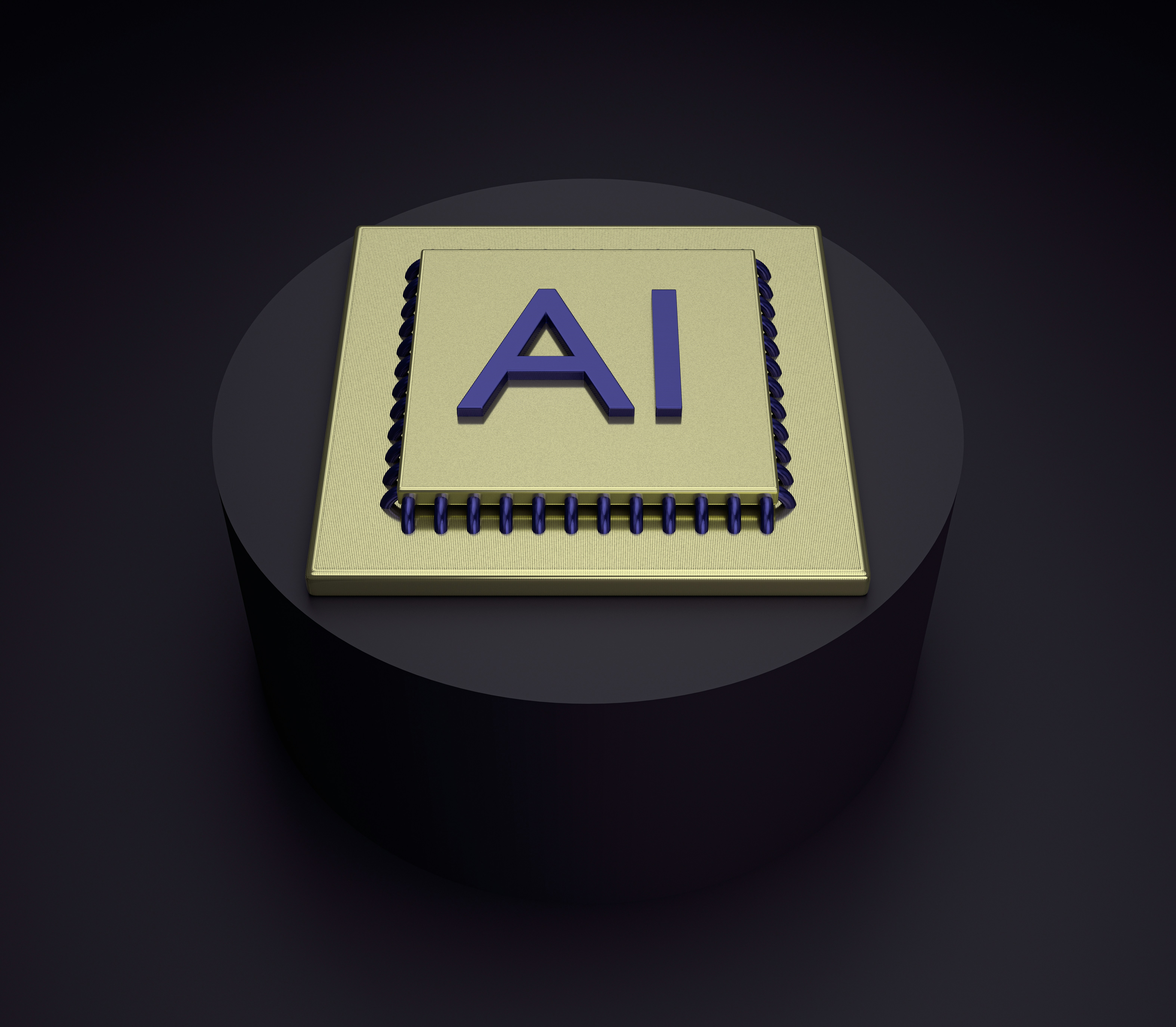
What is ChatGPT?
ChatGPT is a groundbreaking conversational AI developed on the foundation of the GPT (Generative Pre-Trained Transformer) architecture by OpenAI. This advanced model is designed to comprehend and generate human-like text, enabling it to engage in coherent and contextually relevant conversations. The architecture of ChatGPT employs deep learning techniques, leveraging a sizable neural network that has been trained on diverse datasets, which allows it to understand language nuances effectively.
The capabilities of ChatGPT extend beyond mere text generation; it excels in natural language understanding, enabling it to interpret complex queries and respond appropriately. This proficiency makes it suitable for various applications across different domains. For instance, in customer service, ChatGPT can handle inquiries, resolve issues, and provide support, thereby enhancing user satisfaction through rapid and accurate responses. In creative writing, this AI can assist authors by generating ideas or drafting narratives, facilitating the creative process. Similarly, in educational contexts, ChatGPT serves as a valuable tool for students by offering explanations, answering questions, and providing resources for further learning.
The technology is versatile, adapting to the specific needs of each situation through its ability to generate context-dependent responses. Such flexibility underscores the potential of ChatGPT to revolutionize how humans interact with machines, making applications more intuitive and user-friendly. By utilizing neural network mechanisms, it continually improves its performance by learning from vast amounts of textual data, thereby enhancing both the relevance and accuracy of its responses. As a result, ChatGPT stands as a leading example of how conversational AI can enhance various aspects of our lives, paving the way for future innovations in this field.
Technological Advancements Behind ChatGPT
The development of ChatGPT is a remarkable achievement in the field of artificial intelligence, primarily driven by significant advancements in machine learning and natural language processing (NLP). These technologies have allowed ChatGPT to produce text that closely resembles human conversation. The foundational architecture of ChatGPT is based on the transformer model, which employs a mechanism called self-attention. This allows the model to consider the context of words in relation to each other effectively, resulting in coherent and contextually relevant responses.
The training process is crucial to ChatGPT’s proficiency. It involves processing vast datasets that encompass diverse topics, styles, and languages, enabling the model to learn nuanced patterns of human language. This extensive dataset facilitates the understanding of context, semantics, and syntax, which are vital for generating intelligent responses. The sheer scale of data used in training ChatGPT is significant, as it empowers the model to generalize better and produce high-quality outputs across myriad conversational prompts.
Another fundamental aspect of ChatGPT’s success is the implementation of reinforcement learning from human feedback (RLHF). This innovative technique allows the model to refine its responses based on user interactions. By incorporating feedback from real users, ChatGPT learns which types of responses are more favorable and adjusts accordingly, enhancing its ability to engage in meaningful dialogue.
However, the journey of developing ChatGPT has not been devoid of challenges. Issues such as biases in training data and the model’s tendency to produce incorrect or nonsensical answers have highlighted the need for continuous improvement. Overcoming these hurdles is imperative for ensuring the model’s reliability and effectiveness as a conversational agent. The advancements made throughout the development of ChatGPT reflect a broader trend in AI technology, emphasizing collaboration, innovation, and ethical considerations in the deployment of AI systems.
The Benefits
ChatGPT offers numerous advantages across various applications, transforming the way organizations interact with their customers and streamline operations. One of the primary benefits is increased efficiency. By automating repetitive tasks such as answering frequently asked questions or facilitating basic customer queries, ChatGPT allows human agents to focus on more complex issues. This shift not only saves time but also enhances productivity within teams.
Another significant advantage is the capacity for personalized interactions. Unlike traditional automated systems, ChatGPT utilizes natural language processing to understand context and adapt responses accordingly. This results in more meaningful exchanges, as users feel acknowledged and understood. Organizations have successfully implemented ChatGPT to create tailored shopping experiences, assisting users based on their preferences and past interactions, thereby increasing conversion rates and customer satisfaction.
Moreover, enhanced user engagement is a key benefit of ChatGPT. The model can maintain context over multiple interactions, enabling more fluid conversations. This feature has proven valuable in scenarios like educational platforms or customer service, where maintaining a coherent dialogue can significantly impact user experience. Brands leveraging ChatGPT have reported improved user retention and satisfaction, highlighting the model’s role in fostering positive relationships between businesses and their clients.
The Limitations
Despite its advantages, the deployment of ChatGPT is not without limitations. One notable concern involves the potential for generating biased or inappropriate content. Since the model is trained on diverse Internet data, it may inadvertently reflect societal biases or produce responses that are culturally insensitive. This reality necessitates vigilant human oversight to monitor and manage the quality of outputs, ensuring that interactions remain appropriate.
Additionally, issues surrounding privacy and data security require attention. Conversations handled by ChatGPT may contain sensitive information, raising concerns about storage and misuse. Organizations must implement robust data protection measures to safeguard user privacy, thereby maintaining public trust in AI-driven interactions.
Ultimately, while ChatGPT presents significant opportunities for enhancing communication, it is crucial for users and organizations to recognize the importance of responsible application. By understanding both its benefits and limitations, stakeholders can maximize the advantages while mitigating risks associated with this powerful conversational AI tool.
The Future of ChatGPT and Conversational AI
The future of ChatGPT and conversational AI is expected to be marked by substantial advancements that will redefine human-computer interactions. As artificial intelligence progresses, the capabilities of ChatGPT are projected to evolve, becoming more sophisticated in understanding context, emotions, and nuances in human dialogue. This evolution will not only enhance existing applications but also pave the way for innovative use cases across various industries.
One of the most anticipated developments in conversational AI is its integration with emerging technologies, such as virtual reality (VR) and augmented reality (AR). Such integrations could transform user experiences by enabling immersive conversations where users interact with AI in more lifelike scenarios. In education, for instance, augmented environments could allow learners to engage with AI tutors in interactive simulations, enhancing the learning process. Similarly, the entertainment industry may leverage this synergy to create engaging storytelling experiences, where users interact with virtual characters powered by ChatGPT.
Furthermore, the implications of these advancements extend beyond technological innovation to societal impacts. As conversational AI becomes more prevalent, it raises important questions regarding the workforce. Jobs that rely heavily on communication might undergo transformation, necessitating a shift in skills for many professionals. Continuous dialogue between stakeholders will be crucial to ensure that the integration of AI augments rather than undermines employment opportunities.
Moreover, ethical considerations will play a significant role as conversational AI continues to grow. Issues such as data privacy, misinformation, and dependency on AI for interpersonal interactions will need to be addressed proactively. The ongoing research in the AI community aims to refine conversational models, focusing on responsible AI practices that align with societal values. By fostering open discussions about these concerns, the future of ChatGPT and conversational AI can be shaped to benefit everyone while promoting innovation.


